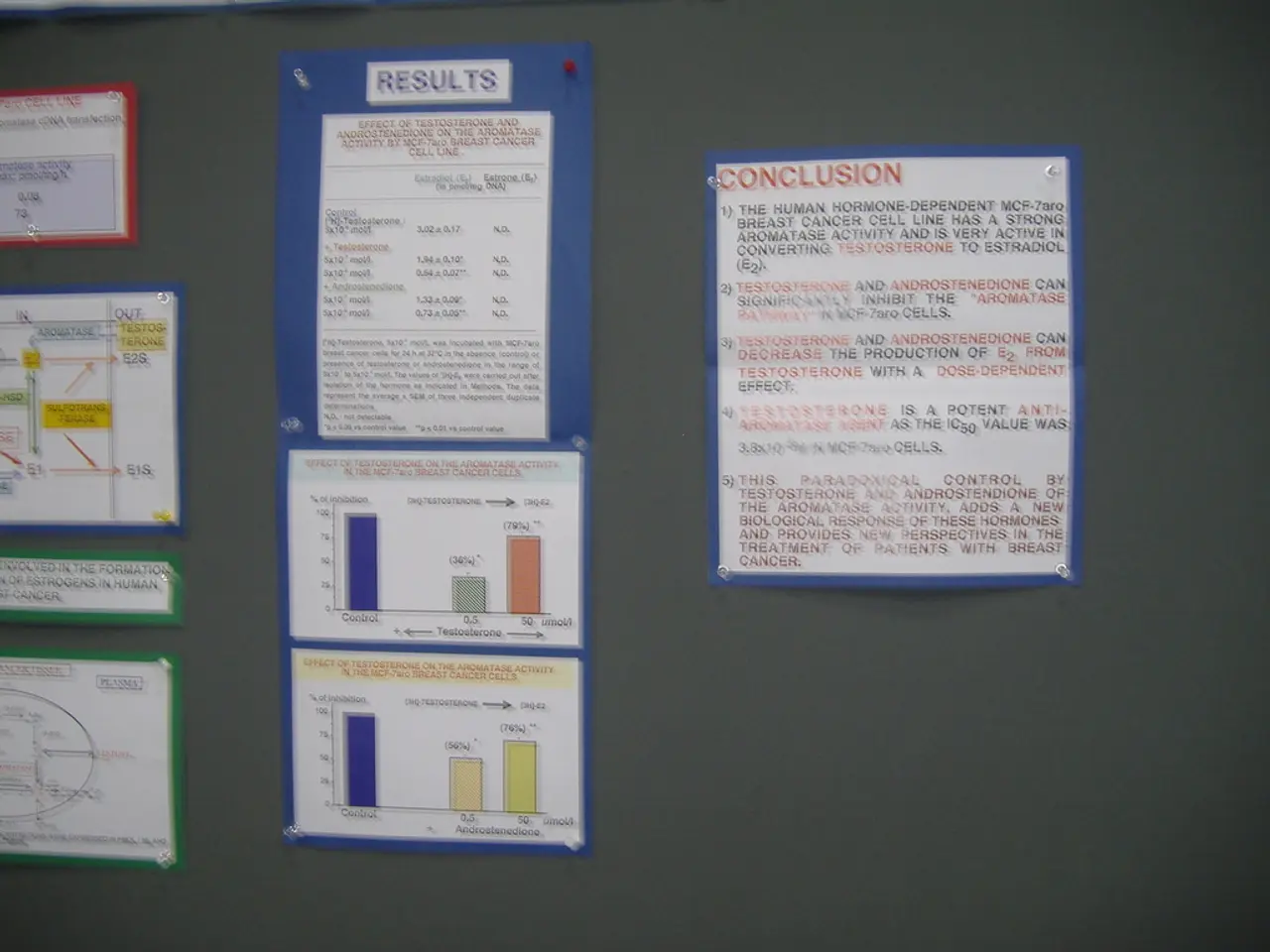Inspection Report Format for Printed Circuit Board (PCB) Assembly
The inspection and testing phase in Printed Circuit Board (PCB) assembly is a critical step in ensuring the quality and reliability of the final product. Here's a breakdown of the key steps involved in PCB assembly inspection:
1. **Visual Inspection** Visual inspection is the simplest method of inspecting a circuit board. Inspectors use magnification tools to carefully examine the board for any visible defects or irregularities, such as misalignments, cracks, or any other surface issues.
2. **Automated Optical Inspection (AOI)** AOI machines use cameras to scan the PCB for defects like misplaced components, incorrect solder joints, or missing parts. High-resolution cameras capture images of the board, which are then compared to a reference image to identify discrepancies.
3. **X-ray Inspection** X-ray inspection is particularly useful for examining solder joints and internal components, especially under Ball Grid Arrays (BGAs) or other complex packages. X-rays penetrate the board, providing detailed images of internal structures and solder joints, helping to detect hidden defects such as solder bridges, open solder, insufficient solder, excess solder, and poor solder quality.
4. **In-Circuit Testing (ICT)** ICT checks the functionality of the board by accessing test points to verify that the electronic circuits are working as designed. Probes are used to touch test points on the board, allowing for the diagnosis of faults in the circuitry. However, it should be noted that ICT cannot check multiple power connections, decoupling capacitors, mechanical fixings, and redundant power connections.
5. **Functional Testing** This step verifies that the assembled board functions correctly, performing its intended tasks. The board is tested under operational conditions to ensure it meets the required specifications and performance criteria. Functional testing can identify power integrity issues, signal distortion issues, incorrect voltage or current, and signal problems.
6. **Statistical Process Control (SPC)** SPC involves monitoring and controlling the production process by analyzing data collected during inspections and tests. Data is used to identify trends and anomalies early in the production cycle, allowing for rapid adjustments to improve quality and reduce defects.
Each step in the inspection process is designed to ensure that the PCB assembly meets the highest quality standards, reducing the likelihood of failures and improving overall product reliability. Adherence to a Quality Management System (QMS) is essential, calling for checking vital points at each phase of the process.
Industries such as automotive and aerospace may require the inspection report in a specific format due to strict documentation norms. The PCB assembly inspection report includes all relevant data from various inspection tests executed on the board, such as reference designator, type of inspection test, inspection result, defect found, action to repair PCB defects, remarks, and board inspection quality requirements.
It's worth noting that some circuit boards must comply with specific standards to satisfy quality requirements, such as the ISO 9001:2015 standard and IPC A-610 standard. For instance, Sierra Circuits is certified with ISO 9001:2015 standard.
By employing a comprehensive PCB assembly inspection process, manufacturers can produce high-quality, reliable products that meet industry standards and customer expectations.
Data-and-cloud-computing technologies can be integrated into the PCB assembly inspection process to streamline data collection and analysis. For instance, cloud-based platforms can be used to store and access inspection reports, allowing stakeholders to monitor the quality control process from any location. Furthermore, advanced technology like artificial intelligence (AI) and machine learning (ML) can be employed within the automation tools to accurately identify defects and improve efficiency in data analysis.




